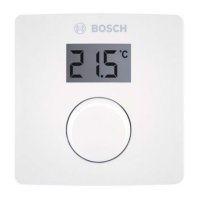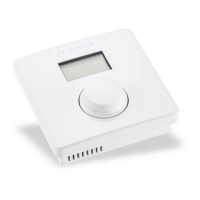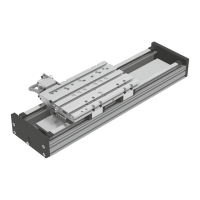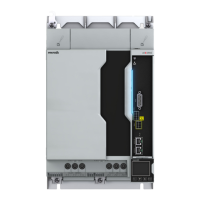Installation
17–10
1070 072 145-102 (01.07) GB
17.3 Electromagnetic Compatibility (EMC)
Electromagnetic compatibility (EMC) is defined as the capability of an elec-
trical device to function satisfactorily within its electromagnetic environment
without unduly interfering with said environment in which other devices may
also be accommodated (EN 61 000-4-1).
17.3.1 Interference
To the user, possible sources of interference may include:
D Locally generated interferences, e.g., by frequency converters, inductive
loads, etc.
D Extraneous interferences, e.g., electrical discharges in the atmosphere
(lightning), mains voltage fluctuations, etc.
The cited interference sources influence the affected electrical device, the
so-called interference sink, in a variety of ways. The major means of interfe-
rence transfer are the following:
D Radiated interference injection
D Line transient interference of mains supply
D Electrostatic discharges
Line transient interferences may mutate into radiated interferences, and vice
versa. On a live power cable, for example, the line transient interference ge-
nerates a field which in turn also generates a line transient interference on a
cable that is routed in parallel.
17.3.2 Signal-to-Noise Ratio
The signal-to-noise ratio is defined as the capability of a device or compo-
nent to tolerate interferences up to a specific level without being restricted in
their operation. For example, electronic devices such as controllers have a
significantly lower signal-to-noise ratio (interference tolerance) than other
electrical devices such as contactors.
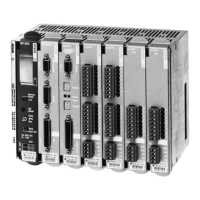
